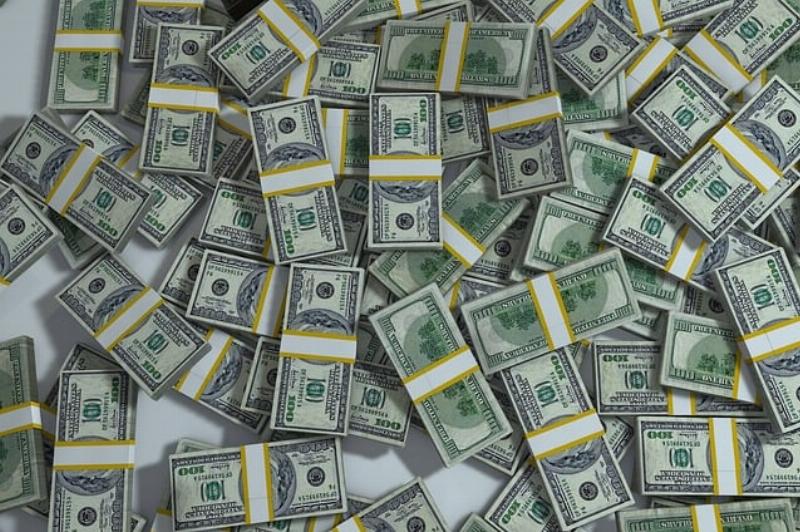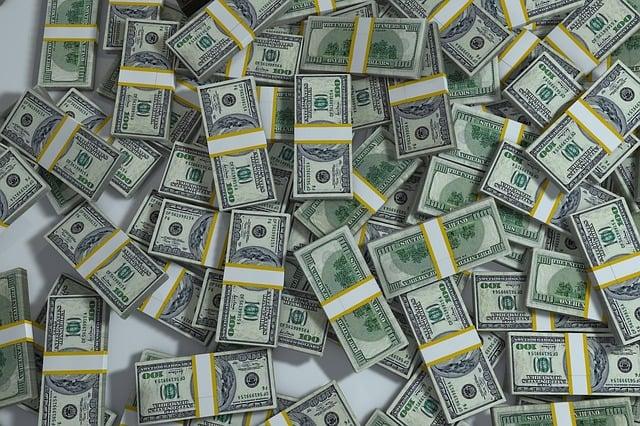


The Federal Reserve plays a significant role in your economic well-being and establishes monetary policy. Its Prime Directive is to maintain the value of the U.S. dollar so we don’t experience inflation or stagnation. The Fed implements monetary policy using two basic tools: Fed Fund (overnight) interest rates and the number of dollars in circulation (money supply).
Changes in interest rates affects the private economy directly. Increasing rates makes borrowing costs rise and slows economic activity. Commercial banks are directly and immediately affected by the overnight or Fed Funds rate. That rate sets our cost of deposits and cost of funds.
The supply of money will eventually affect the private economy. It will also affect government spending, or fiscal policy. Increasing the supply of money devalues the purchasing power of the dollar and is one cause of inflation. More money in circulation stimulates economic activity.
Federal Reserve implementation of monetary policy is at odds with itself. When rates are very high, this depresses the economy. At the same time, money supply is very high, stimulating economic activity.
It gets worse.
In order to balance the books when the Fed started printing $9T U.S. Dollars (called Quantitative Easing or Q.E.) starting in 2008, the Treasury Department issued Treasury Bonds in the same amount. Those bonds are debt. Guess who has to pay off that debt.
It continues to get worse.
The dollars the Fed printed, and the debt the Treasury put on us and our children, were used by Congress and the administration to fund federal spending and thereby increase the size and scope of government into our private lives. Most of that government spending went into entitlements and welfare, thus making a far larger portion of citizens dependent on government. This is typical of any government that seeks more central control, more power.
To summarize, in 2008, the Fed Reserve, Treasury, Congress, and President embarked on a great subterfuge to give the appearance of positive economic activity. Instead, they caused massive dollar devaluation or price inflation, they put generations of taxpayers into debt to pay down the Treasury bonds.
They spent the money thus printed on increasing the size and involvement of the government into our lives. This continues to depress and destroy the greatest strength of our economy — namely, the private sector. The private sector is composed of tax-paying citizens who work for a living. And our government is crushing capitalism under high tax rates, fees, debt, inflation, and regulation.
The solution to these problems is straightforward, but it requires rational thought and massive willpower. We must reduce the supply of money in the economy. That requires that the Treasury redeem bonds outstanding and Congress reduce spending. Reduced federal spending will have the added benefit of reducing the number of government employees who work in regulatory agencies. Reduced employment in government will allow reduction in tax rates and thus allow the tax-paying wage-earner to keep more of what he earned.
President Trump nominated Stephen Miran to the Federal Open Market Committee (FOMC) that sets monetary policy within the Federal Reserve. Mr. Miran is on the short list to become Fed Reserve chair.
This gentleman advocates for a less valuable U.S. dollar. Further, he suggests that tariffs will depress the U.S. dollar further. Remember that the value of the dollar has been declining since 2008. Also consider that since 1913, the dollar has declined in value by 97%. How much more can we devalue the dollar until it is not worth the paper on which it is printed?
His solution? Manage a decline in the dollar’s value over time by reducing the global demand for the U.S. currency, or at least mitigate the effects of its overvaluation. Tariffs do the latter in his view by forcing foreigners to pay for the fact that their currencies are undervalued and boost their exports to the U.S.
But his ambition goes beyond tariffs. In that 2024 essay he laid out other policy options for negotiating a weaker dollar and diminishing its reserve-currency status. One idea is to tax foreigners who hold U.S. Treasury debt as an incentive to hold less of it. This would amount to a de facto default on current debt.
I suspect that President Trump will not condone a massive devaluation in the dollar. That said, the following quote suggests that Mr. Marin believes in the fallacy that government can solve most problems.
This is a debate worth having, as improbable as such a reform is. But Mr. Miran gives no indication he has given any thought to such a global monetary reform. His preoccupation is devaluing the dollar to reduce the flow of capital and imported goods to the U.S.
If the objective is to repatriate foreign manufacturing back to the United States, then a free-market solution is always better. Domestic businesses went overseas because our own government made it more profitable to do so. Taxes, fees, and regulation depress private business activity. The solution to enticing foreign manufacturing back to our shores therefore is less taxation, lower fees, and less regulation. The private economy, run by free individuals, is infinitely more competent that any proposed government solution.
Jay Davidson is founder and CEO of a commercial bank. He is a student of the Austrian School of Economics and a dedicated capitalist. He believes there is a direct connection joining individual right and responsibility, our Constitution, capitalism, and the intent of our Creator.

Image via Pixabay. Pixabay License.
